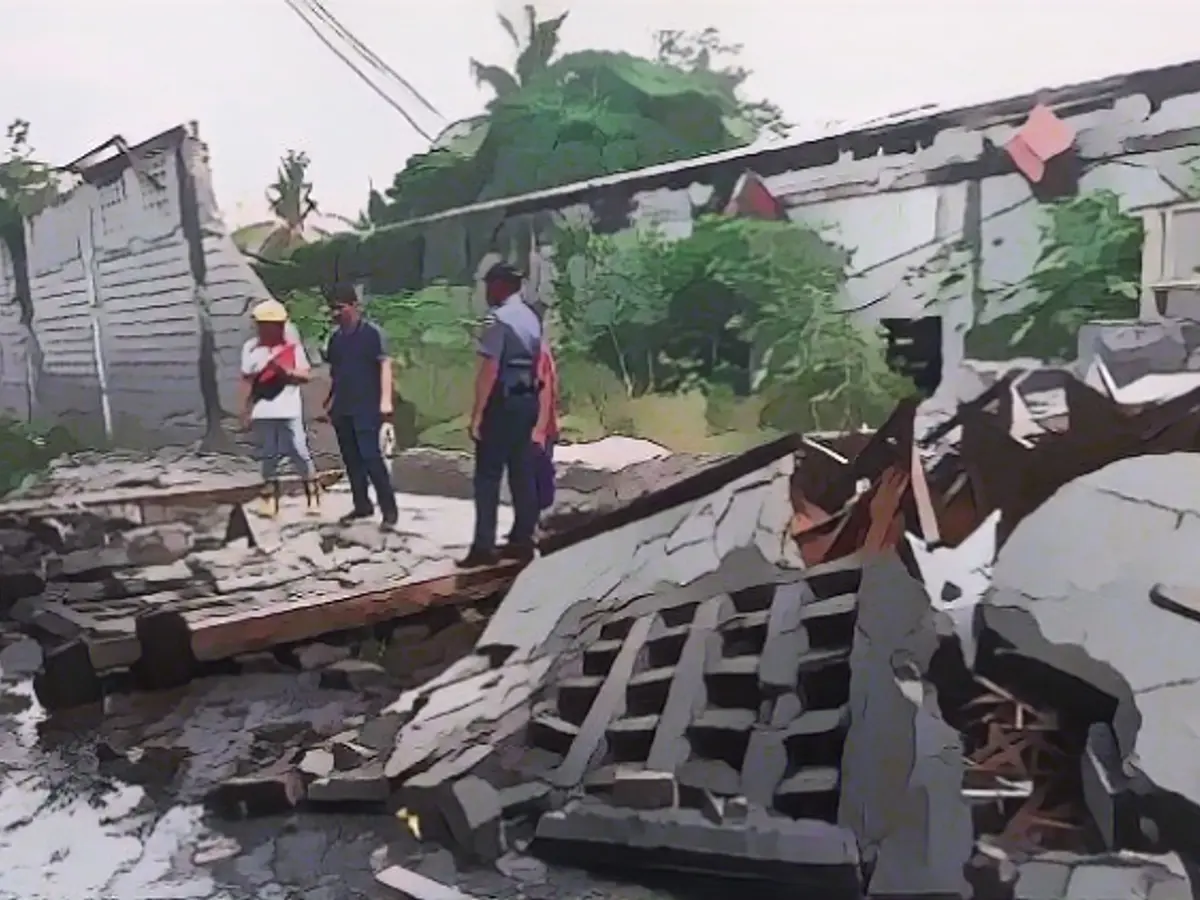The Philippines is currently grappling with a series of severe earthquakes, with the latest one claiming three lives just two days after another quake that took two lives. The latest earthquake, measuring 6.9 on the Richter scale, occurred off the coast of Hinatuan, Mindanao, at a depth of 30 kilometers.
This region, known as the Pacific Ring of Fire, is infamous for its volcanic activities and seismic events due to its tectonic complexity. The Philippines, as a part of this ring, experiences frequent earthquakes and volcanic eruptions.
Incidentally, two days prior to the latest earthquake, a magnitude 7.6 quake also hit this region, causing significant damage. Subsequently, a 6.6 magnitude earthquake followed as an aftershock.
The aftermath of this latest earthquake involves several aftershocks, one of which was a powerful 5.4 magnitude tremor off the coast of Aras-Asan. Regrettably, two people in Surigao del Sur lost their lives due to falling debris and a collapsing wall. Another casualty was a pregnant woman in Tagum, Davao del Norte, due to the quake.
Back in November, another earthquake struck Mindanao, leaving at least nine people dead following a magnitude 6.7 quake.
Earthquakes are a regular occurrence in the Philippines, given its location on the Ring of Fire. The country's unique tectonic setting contributes to subduction along the Manila Trench and numerous active faults, increasing the likelihood of seismic events.
In the southwestern Luzon region, earthquakes occur as a result of the subducting slab along the Manila Trench and the presence of shallow faults that can lead to significant damage due to their proximity to the surface.
Although the recent earthquakes in Mindanao are not directly linked to volcanic activity, the Philippines hosts several active volcanoes, some of which, such as Kanlaon, exhibit increased seismic activity and volcanic gas emissions. The Alert Level at Kanlaon remains at 1, indicating ongoing yet stable volcanic activities.
References: [1] USGS - Earthquake Hazards Program [2] PHIVOLCS - Philippine Institute of Volcanology and Seismology [3] PHIVOLCS - Kanlaon Volcano Alert Bulletin
As always, stay informed and prioritize safety in the event of any natural disasters.







